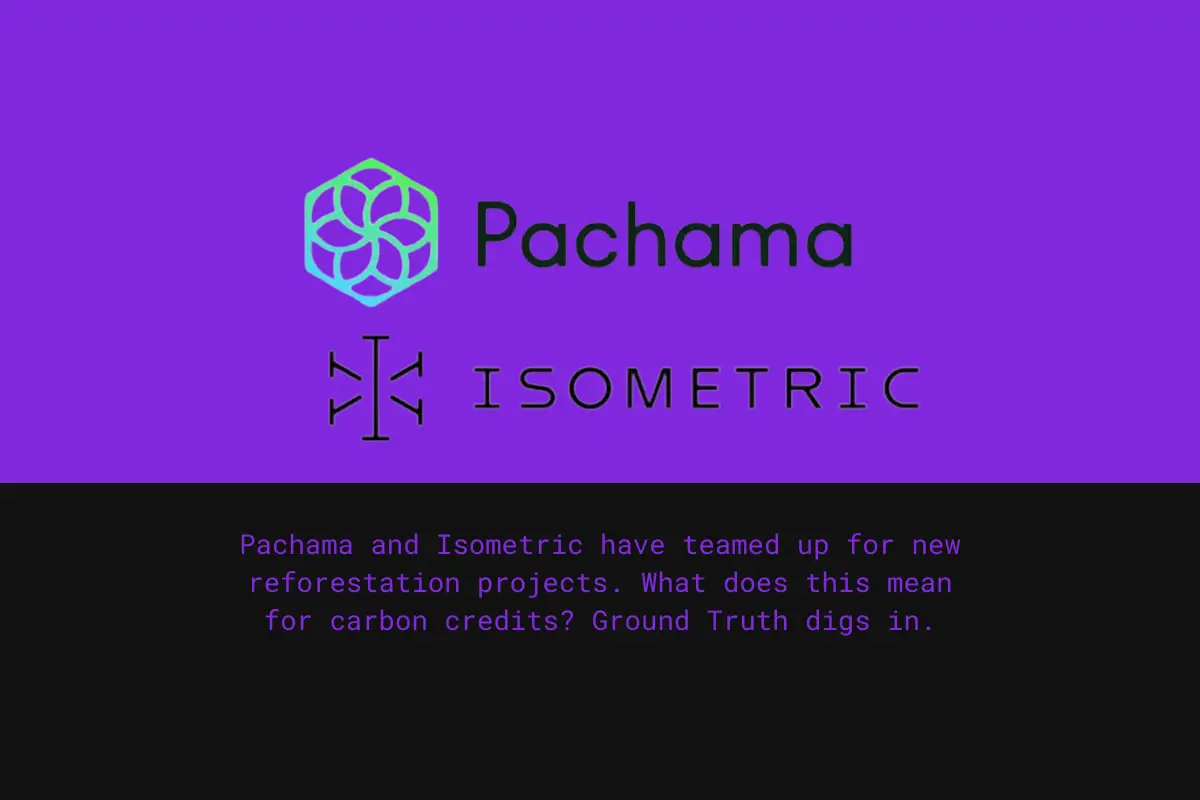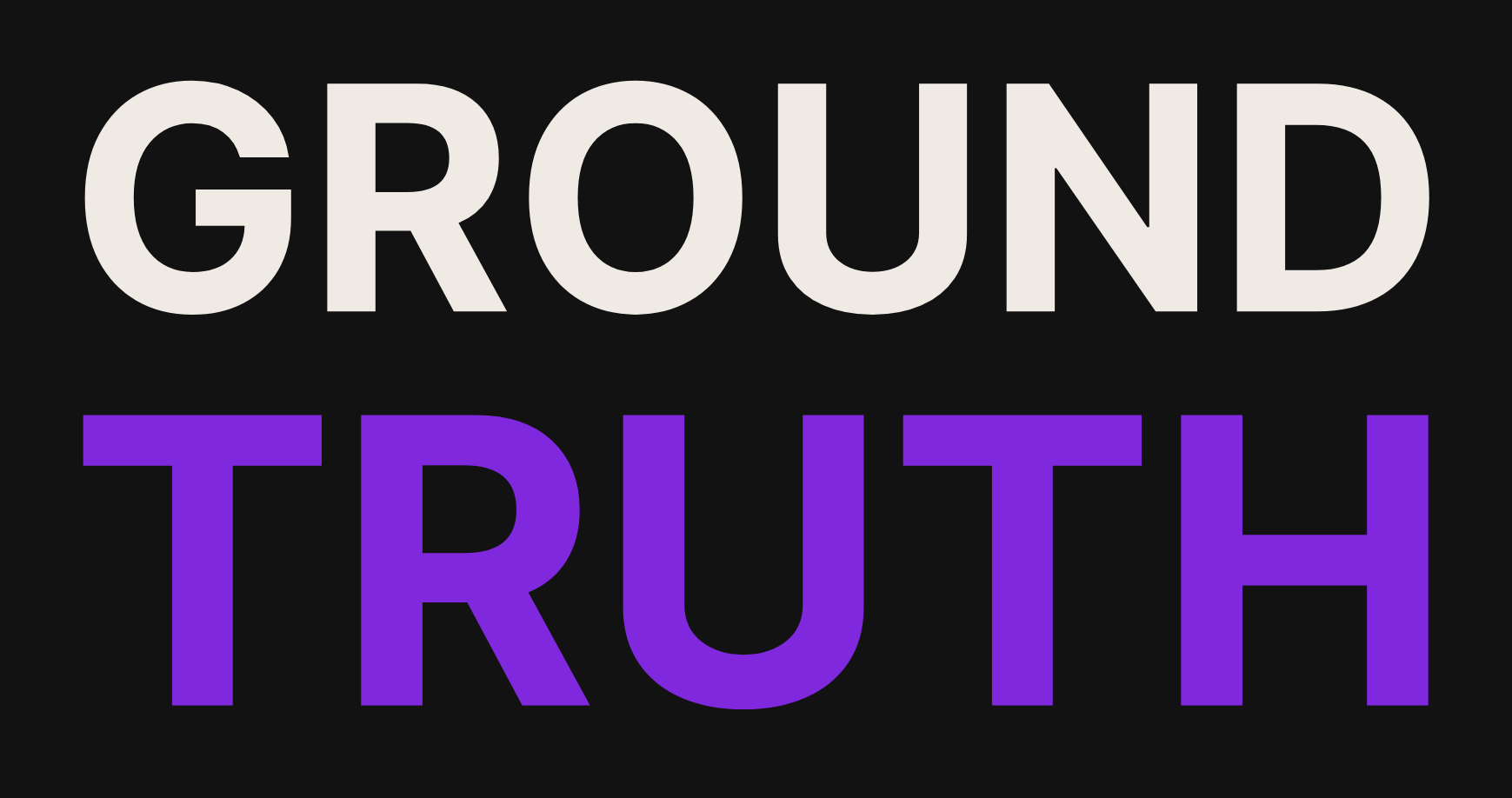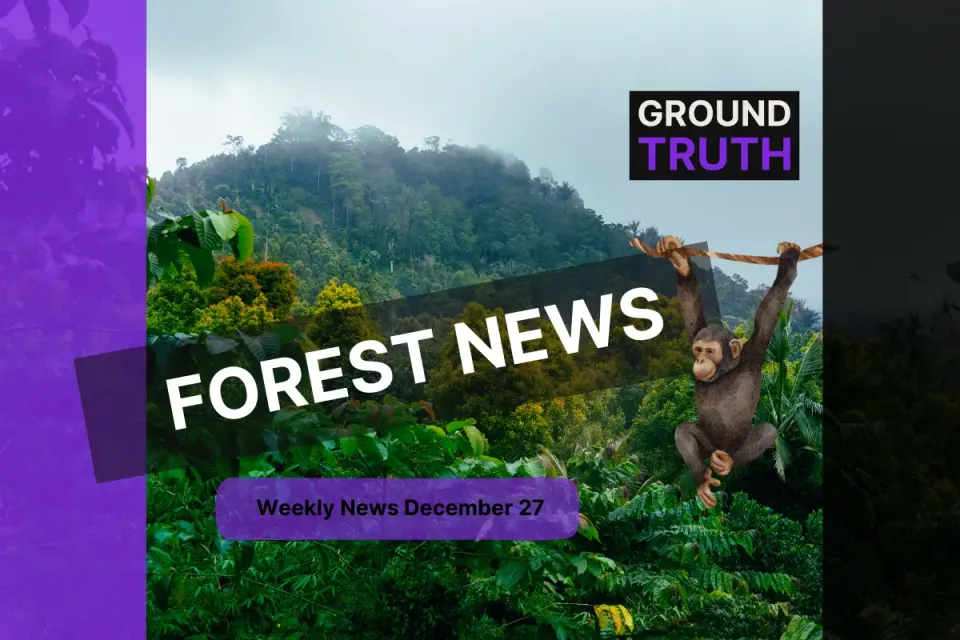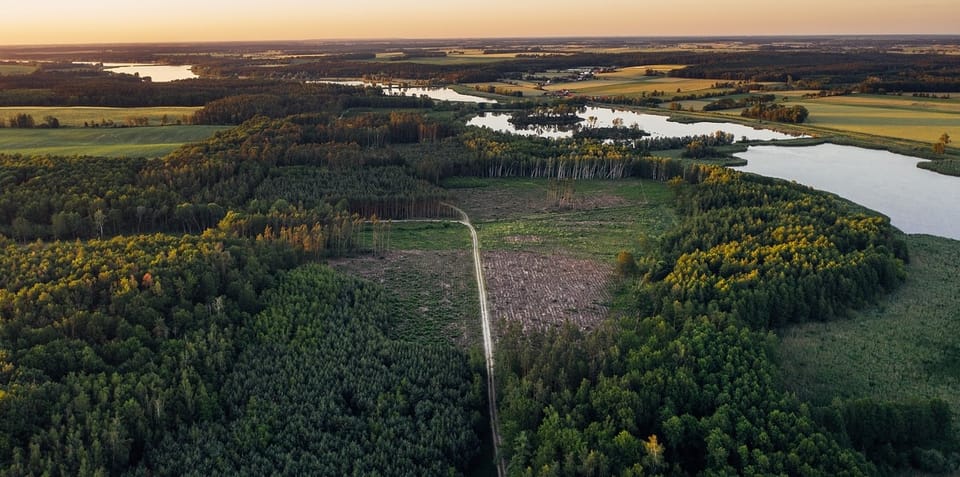Isometric Partners with Pachama for Reforestation Credits
Are reforestation carbon credits finally getting smarter? We answer your questions.

Does Isometric’s newly-announced partnership with Pachama mark a revolution in how reforestation carbon credits are verified? With promises of cutting-edge tools like AI, geospatial data, LiDAR, MRVs and dMRVs, it’s certainly generating buzz. But is it truly groundbreaking—or just corporate hype?
Confused with all the acronyms? Wondering whether the experts are going to let us see for ourselves if these credits actually do what they're alleged to? A little skeptical of whether this is really a big deal or just another corporate cheerleading bonanza?
We were too, so we dug into the fine print of this one. Let’s dive into what this means, whether it's truly revolutionary and why it matters for forest nerds.
Carbon Registries, MRVs, TLDR
What are reforestation credits, and why should I care?
Reforestation credits are a type of carbon credits. They're like eco-receipts that prove trees are doing their job of capturing carbon. They fund tree-planting projects and help businesses hit their carbon-neutral goals. Save the planet, one credit at a time.
So, what’s a carbon registry, and why is Isometric swiping right on Pachama?
Think of a carbon registry like a super-organized ledger for carbon offset credits. That's what Isometric is. They are teaming up with Pachama to harness tech wizardry for sharper monitoring, reporting, and verifying (MRV) of reforestation projects. It’s like going from paper maps to Google Earth—but for trees. Pachama seems to be the go-to source for MRV nowadays, with high profile partnerships including the Symbiosis Coalition.
What’s the deal with “digital monitoring, reporting, and verification” (dMRV)?
dMRV is just a fancy way of saying we’re using cool tools—satellite imagery, AI, algorithms—to keep tabs on carbon offset projects. It’s like having a digital detective squad that’s faster than old-school methods.
How does this dream team tackle climate change?
Look, it’s no secret that carbon credits have been viewed with skepticism from some of the public in light of the recent study by The Guardian. Isometric and Pachama are trying to address these criticisms by providing greater evidence of the work they’re doing—seeing is believing, as they say. They're also aiming to speed up what has been up till now recently an often lengthy and expensive process.
By leveling up the quality, transparency, and trust in reforestation credits, they hope to build confidence that translates into more investment, more trees, and more carbon sucked out of the air.
One big step forward for a more transparent, high integrity carbon market.
— Pachama (@PachamaInc) December 4, 2024
Today, Pachama released two deep dives into our two core technologies. Check them out!https://t.co/W7F5gT9fxV pic.twitter.com/DT4BYHBVWh
How Pachama tracks projects.
Technology in Reforestation Credits
How does Pachama use AI and geospatial data to boss up reforestation projects?
Pachama’s tech scans land, spots sneaky deforestation risks (“leakage”), and builds super-accurate project baselines.
What is LiDAR, and how does it work for forest monitoring?
LiDAR is like giving forests a laser scan. It shoots lasers (yes, lasers!) to create 3D maps of tree structures, measuring canopy height and density with Star Wars-level precision (though it still needs to be validated with on-the-ground surveys).
What’s “dynamic baselining,” and why does it matter?
Dynamic baselining means constantly updating land use and carbon storage data as the world changes. Think of it as a refresh button.
Why does faster credit verification matter for suppliers?
Because time is money. Speeding up the process lets suppliers cash in on credits faster, funding more reforestation without annoying delays.
Will reforestation credits cost more or less because of this?
Could go either way. Lower verification costs might push prices down, but higher demand for top-notch credits could give them premium status.
'We need to assure transparency, integrity and accountability,' says Top #Innovator Diego Saez-Gil, Co-founder of Pachama.
— Amitav Bhattacharjee (@bamitav) January 2, 2024
By combining satellite imagery and #AI to monitor #forest growth, Pachama is helping businesses move towards carbon neutrality.
Credit @wef… pic.twitter.com/pu0wvlXU8h
Role of Verification Bodies
There are a whole lot of acronyms here. What do ICROA, CORSIA, and ICVCM actually do?
They’re the carbon credit referees, setting rules and standards to keep the offset game clean, fair, and aligned with global climate goals.
Why does Isometric getting the stamp of approval matter?
It’s like earning a Michelin star but for carbon credits. It would signal that Isometric’s processes are top-tier, giving investors confidence they’re backing legit projects, and giving us the satisfaction of knowing we're looking at a real project.
Openly Available Data: Seeing is Believing
Will the public be able to see the numbers and data for carbon credits?
Yes, the public will have access to the underlying data through Isometric’s platform, as we've reported before. This includes everything from greenhouse gas (GHG) statements to project maps and tree measurements. The idea is to give people the tools to scrutinize the details and ensure projects are actually delivering on their promises.
What kind of data will be available?
A lot. You’ll find things like remote sensing data, field measurements, calibration certificates, and even the math behind how carbon stocks are calculated. While some proprietary info can be restricted (like licensed models), the essential numerical data for calculating carbon sequestration will apparently be fully transparent.
Will we see how many trees are planted/what kinds of trees they will plant?
We aren't sure, from what we've seen on their website, Isometric has not alluded to this. They seem to imply there will be species disclosure, though we're not sure how granular this will be (will we see site by site?). It would be pretty cool to know though. We think that's just as important as tree canopy height.
Sources
Stankova, Theodora. Isometric to Partner with Pachama on Digital Verification for Reforestation Credits. Carbon Herald, 27 December 2024. Retrieved from https://carbonherald.com/isometric-to-partner-with-pachama-on-digital-verification-for-reforestation-credits/.
Green Earth. New Isometric Protocol Revolutionises Carbon Credit Monitoring. Green Earth, 23 October 2024. Retrieved from https://www.green.earth/news/new-isometric-protocol-revolutionises-carbon-credit-monitoring.
Mior, Stewart. Isometric’s New Carbon Removal Approach. Ground Truth, 19 October 2024. Retrieved from https://groundtruth.app/isometrics-new-carbon-removal-approach/.
Mior, Stewart. Tech Giants Join Forces for Carbon Credits: Behind the Hype. Ground Truth, 15 December 2024. Retrieved from https://groundtruth.app/tech-giants-join-forces-for-carbon-credits-behind-the-hype/.
Vidal, John. Revealed: Forest Carbon Offsets by Biggest Provider Are ‘Worthless’ – Verra. The Guardian, 18 January 2024. Retrieved from https://www.theguardian.com/environment/2023/jan/18/revealed-forest-carbon-offsets-biggest-provider-worthless-verra-aoe.
Edited by Chris Harris

This work is licensed under a
Creative Commons Attribution 4.0 International License.




